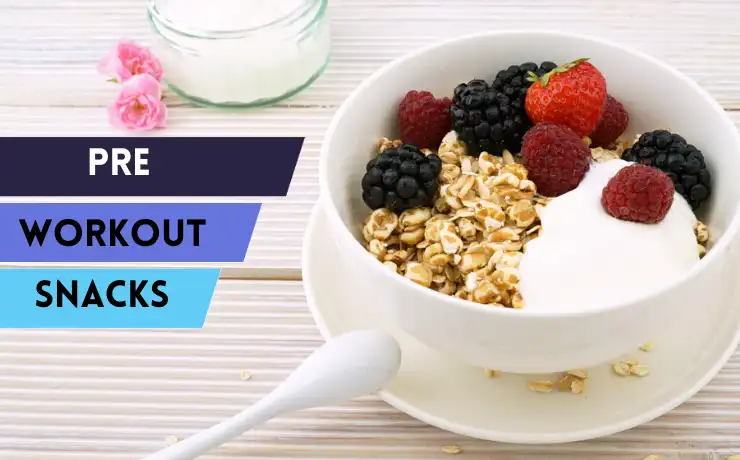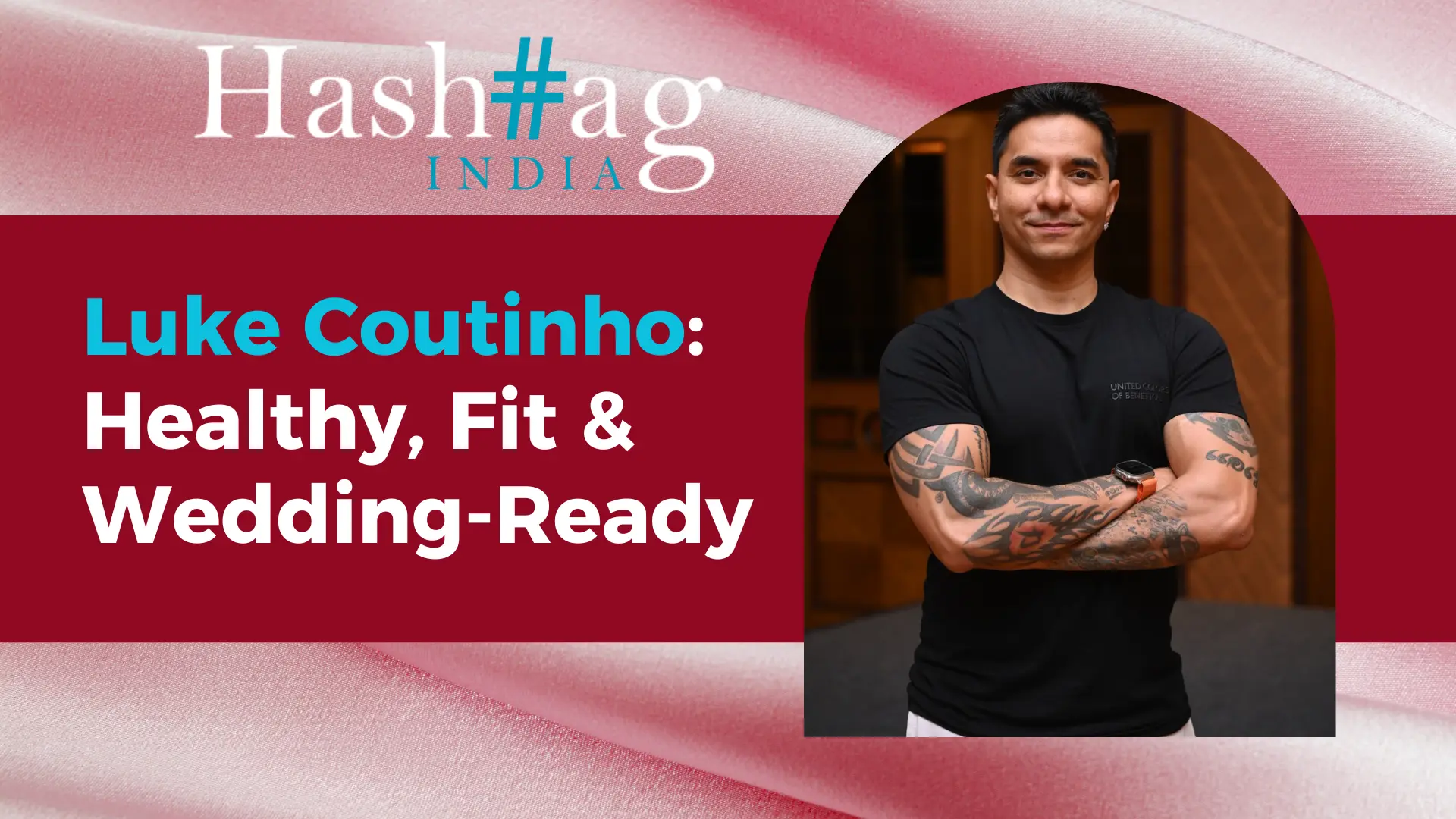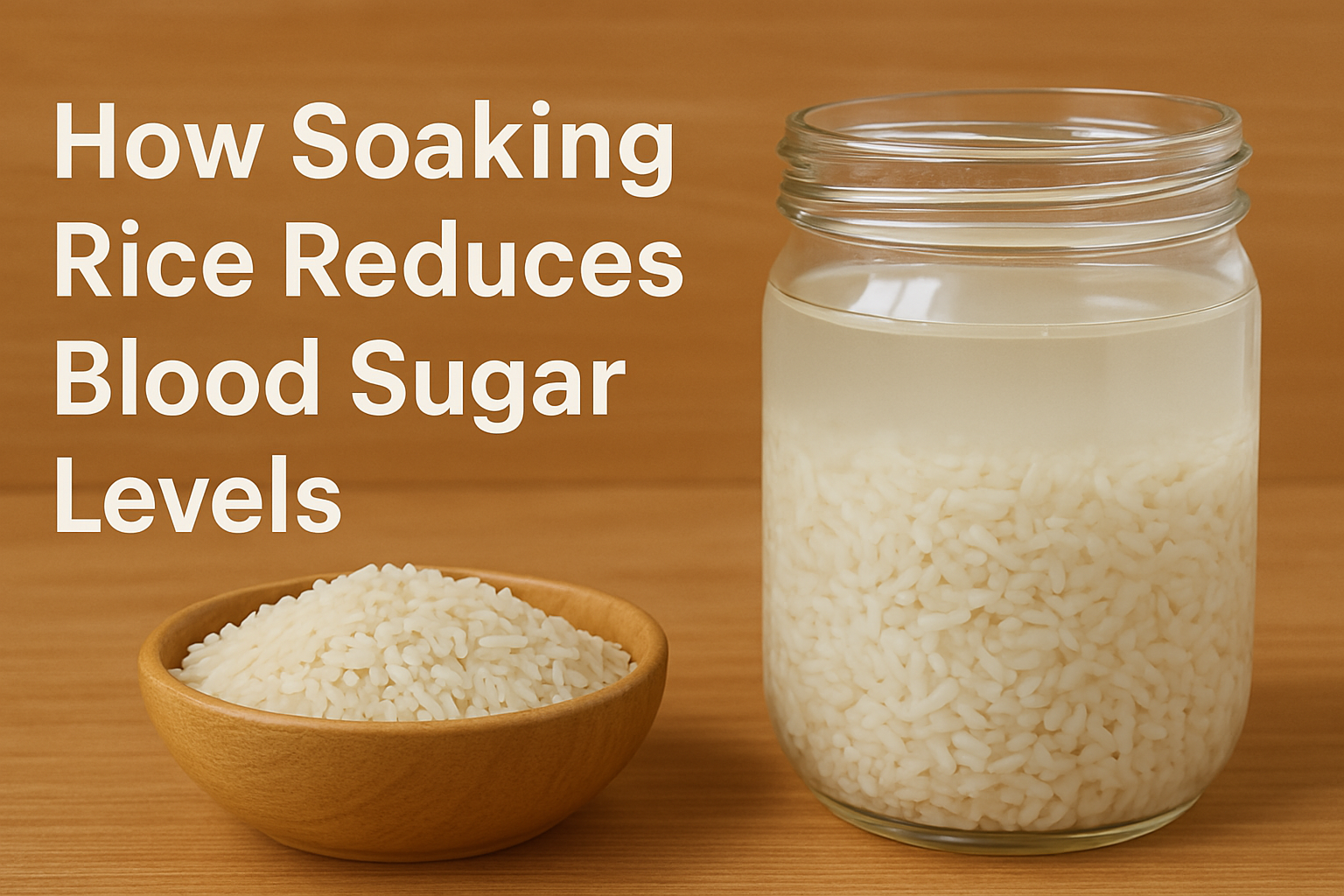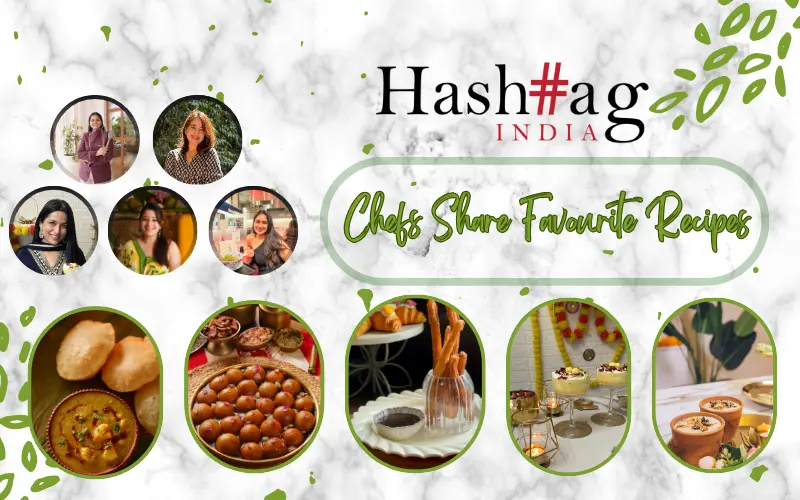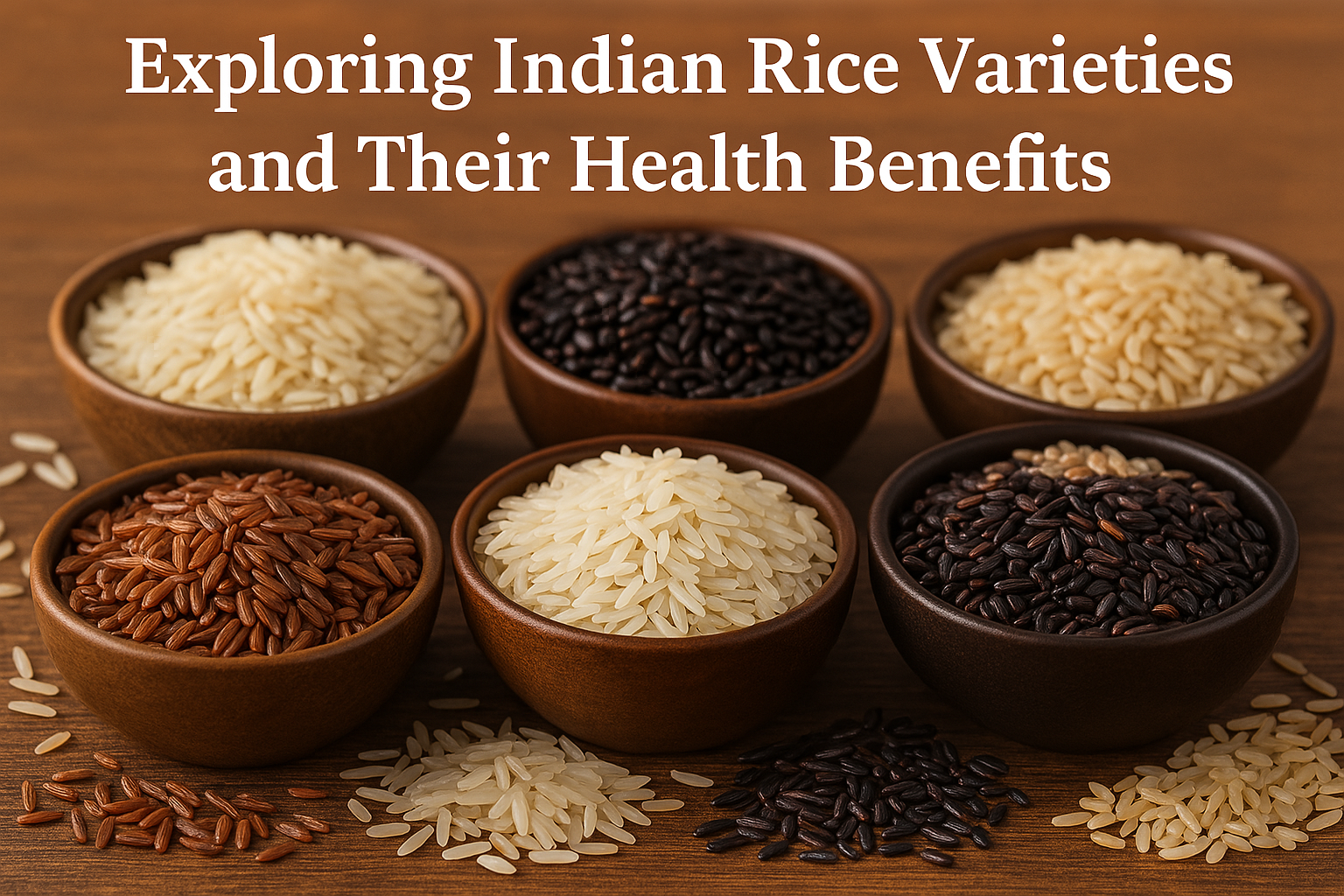WHAT TO EAT BEFORE HITTING THE GYM?
Nutrient timing is a strategy that emphasises the significance of what you consume ahead and after your drill. There are specific meals to eat before working out that will assist our bodies prepare and will help you get the most out of your workout. Dietician Rakshita Mehra lists a few pre-workout snacks, she also says, “while we all have distinct nutritive requirements, there are some well-known pre workout meals – which have the adequate ratio of fats, carbohydrates, and protein.”
Quick Snacks to Consume Before a Workout:
- Oatmeal with a Glass of Milk
Oats are high in dietary fibre and gradually release carbohydrates. Due to this gradational release, your energy levels remain stable throughout the workout, allowing you to train harder for longer. Grabbing a bowl of vegetable oatmeal when you need a fast, easy pre-workout snack is a great go-to choice. If you’re going to do a long workout, drink a glass of non-fat milk to get some extra fluids and calories. Additionally, you’ll receive water as well as sodium to help replenish the electrolyte lost through sweat.
- Delicious Style Fruit Smoothie
Since your muscles are around 75% water, make hydration precedence before each sweat exercise. Sipping a healthy fruit smoothie is a delightful way to pre-hydrate. Smoothies have the potential to be a healthy light snack, but they should be approached with caution because they can contain too many sweet calories. Making your own low-calorie smoothie is your best bet. Stick to fruits, flax seeds, and double toned milk or curd. Smoothies are an excellent pre-workout nutrition item since they are easily digestible. It will aid in increasing your strength and endurance.
- Fruit and Nuts
Bananas, sometimes known as nature’s power bar, are high in carbohydrates and potassium, which helps nerve and muscle function. Carbohydrates provide energy to our bodies and brains, and they account for 90% of banana calories. Fruits are high in vitamins, minerals and dietary fibre, and others. Fruits like bananas, apples, melons, and mixed berries are excellent pre-workout snacks. Add a couple almonds, walnuts before your exercise regimen for some healthy fats that will push it up a notch!
- Yogurt
Plain fat-free yoghurt is a great post-workout snack- it’s rich in good quality protein, keeps you full without being heavy on the system, and convenient to have on the move. In addition, they are also a great source of probiotics which keep your gut micro biome intact and give you energy to keep going at the gym.
It’s Critical to Schedule Your Pre-Workout Meal
The timeframe of your meal is also a pivotal factor to consider when it comes to pre-workout nutrition. To avoid feeling bloated, eat your meal and snack 30-90 minutes prior to working exercise. Wait the whole 90 minutes if you’re eating a larger meal, but 30 minutes should be plenty if you’re just having a snack.
Don’t forget to refuel subsequently, just as crucial as pre-exercise nutrition is. A well-balanced post-workout snack can provide the nutrition tired, exhausted muscles require refuelling, recovering, and repairing.
About The Author:
Ms. Rakshita Mehra is a Clinical Nutritionist and Dietitian. She is also a Food and Nutrition Expert. She holds a degree in B.Sc. Home Science with specialization in Food and Nutrition from Lady Irwin College, Delhi University and M.Sc. in Foods and Nutrition from Amity University, Noida. She is a Certified COVID-19 and Food Safety Supervisor by FSSAI. She is also a Certified Diabetes Educator. She has done internship at Safdarjung Hospital and Max Super Speciality Hospital, which are one of the most esteemed hospitals of Delhi. Currently, she is associated with Pushpawati Singhania Hospital and Research institute as Clinical Dietician. She is the Founder and Director of a Health and Wellness company, Nutrishala. She is a Master in conducting webinars and workshops. Her articles have been published in renowned newspapers such as Hindustan Times, Dainik Savera Times, Dainik Jagran Only my Health Online and Times of India, online. She has also contributed to a lot of magazines such as Travel Chapes magazine, The Caishi Magazine, Damnfitt Magazine, Gogo Magazine, Namaste India Magazine and Unicorn Magazine. Her mission is to lead our country to a Healthy Nation!

